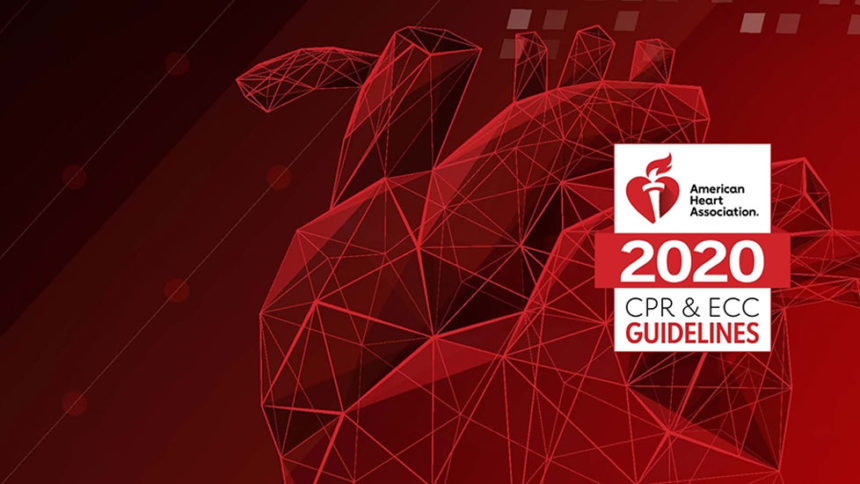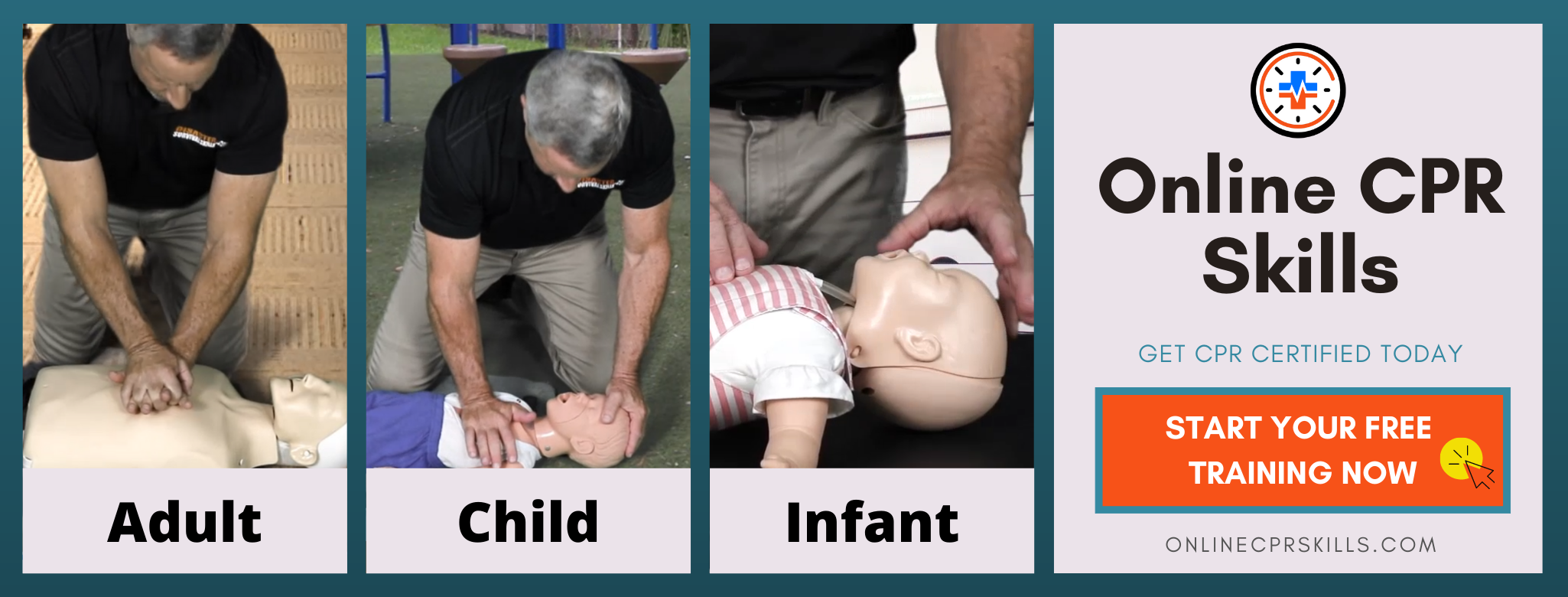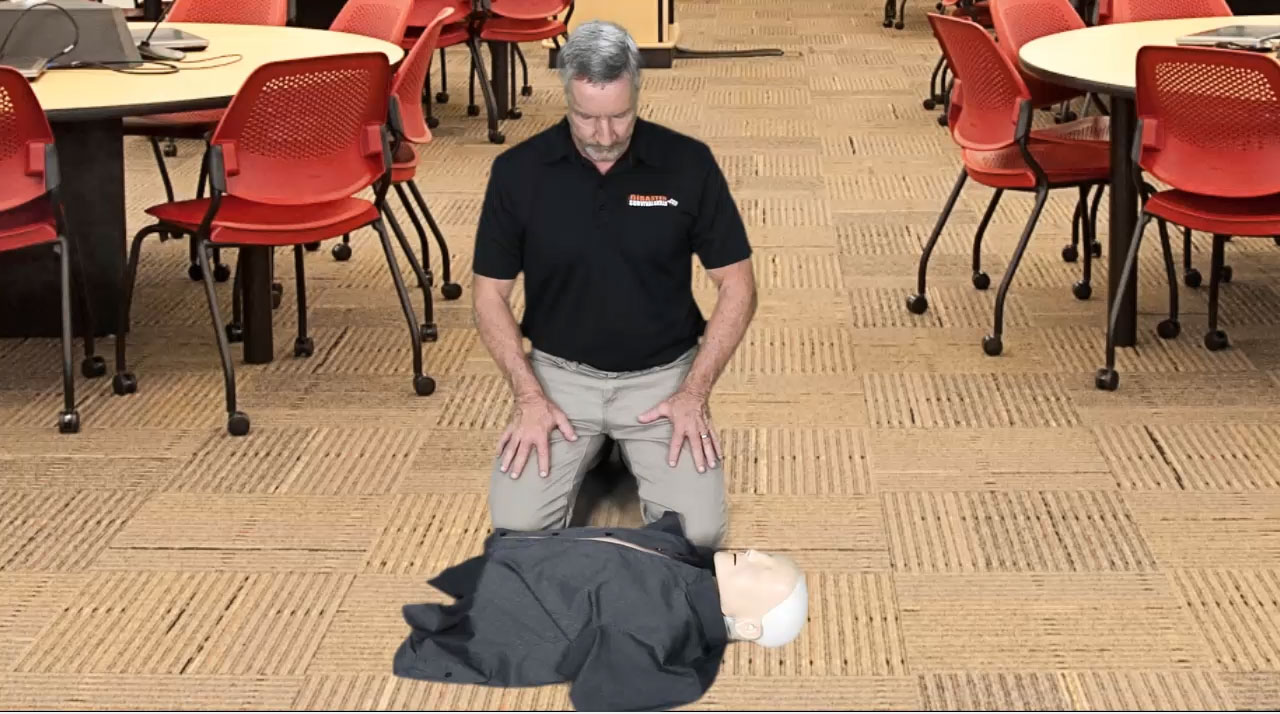5 New Guidelines in the 2020 AHA CPR Update

It has been 5 years since the last American Heart Association (AHA) and the International Liaison Committee on Resuscitation (ILCOR) have updated the CPR guidelines. ILCOR is the scientific governing body that sets the new standards. The American Heart Association is the liaison to ILCOR for the United States. This is how we get our new guidelines every 5 years, so we can keep you up to date with the latest information.
Here are 5 new guidelines for 2020 from the American Heart Association for layperson CPR. Most of them focus on education and training as opposed to any real significant changes in CPR techniques. Most technical changes are for the professional healthcare provider rather than the layperson.
- The layperson should begin CPR immediately rather than checking for a pulse first. This is a change dating back to 2010 but is being reemphasized this year. They do not want you to waste any time checking for a pulse. You should assume if they are not breathing you should immediately begin CPR. This quick action will begin to immediately move existing oxygenated blood to the brain and other vital organs.
- Online CPR courses are addressed by the American Heart Association. In 2020 the AHA stated that based on research, video-based online CPR learning and self-directed instruction are just as effective as in-person training for layperson CPR. The AHA has in the past accepted video-based training as compliant, but now with this more direct recommendation, more people can receive CPR certifications online.

- Promoting education and accessibility to all laypersons of all genders, minorities, and all socio-economic levels. Persons who are unable to afford or do not have access to in-person classes. Now have the opportunity to be trained for free with online CPR training.
- 2020 guidelines also recommend that CPR should be taught beginning with middle school and high students. This will build confidence and skills at a young age. Many states in the U.S. require CPR training as a pre-graduation requirement. This exposure to CPR will help the next generation be more comfortable with providing life-saving measures in an emergency.
- The AHA recommends that CPR-certified persons should have refresher training during their 2-year certification period. This will keep important information and training current in the persons’ mind improving the chance they will be ready and able to act in an emergency. Online courses are perfect for this objective since you can re-visit the training site as often as you like to refresh your skills.


Comments are closed.